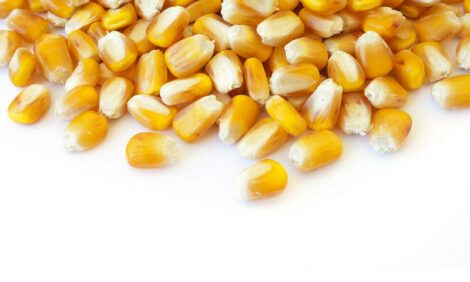



Generating Swine Influenza Virus Oral Fluid Diagnostic Reference Standards
Diagnostic assays based on oral fluid specimens have developed remarkably quickly and have been shown to be capable of excellent diagnostic performance, according to a US research team.Influenza A virus is an important component of the porcine respiratory disease complex (Thacker et al., 2001) and a pathogen with a major economic impact on swine production, according to Jeffrey Zimmerman of Iowa State University and his collaborators. Holtkamp (2007a,b) reported that influenza was among the three most costly swine infectious diseases in every stage of pig production (breeding, nursery, and finishing) in the US.
The public health issues related to SIV must also be taken seriously. The loss of export markets during the 2009-2010 H1N1 influenza pandemic cost US producers $27 per pig (Anon, 2011). With 20 per cent of the annual US pork production exported to international markets (Anon, 2011), the economic viability of the nation's swine producers is synonymous with the public's perception of the health status of the US national herd
This project, sponsored by Pork Checkoff, was designed to accelerate the development of oral fluid-based SIV diagnostic assays by increasing the efficiency of researchers working in this area. Reference Standards make it possible to quickly and easily compare protocols and/or tests between laboratories because the results are based on the same, well-characterized specimens. This is an important gain in efficiency during assay development.
Once assays are implemented in the diagnostic laboratories, Reference Standards are used as 'in-house' controls. 'In house' controls are run to monitor and verify assay performance (Statistical Process Control). Different diagnostic laboratories running the same 'in-house controls' are quickly able to compare and trouble-shoot the assays they run in common.
Thus, the purpose of this project was to develop SIV Reference Standards to be shared among laboratories, including researchers working on SIV diagnostic assay development and diagnosticians routinely running anti-SIV antibody assays.
In the report, Zimmermann and co-authors conclude that diagnostic assays based on oral fluid specimens have developed remarkably quickly, have been shown to be capable of excellent diagnostic performance, and have been accepted by producers and veterinarians.
The approach they used in this study was unique in the sense that researchers from several institutions working on different facets of SIV oral fluids diagnostics collaborated so that they could work more efficiently to achieve the development of oral fluid-based SIV diagnostic assays.
Further Reading
You can view the full report by clicking here.
Find out more about swine influenza virus (SIV) by clicking here.
February 2014








